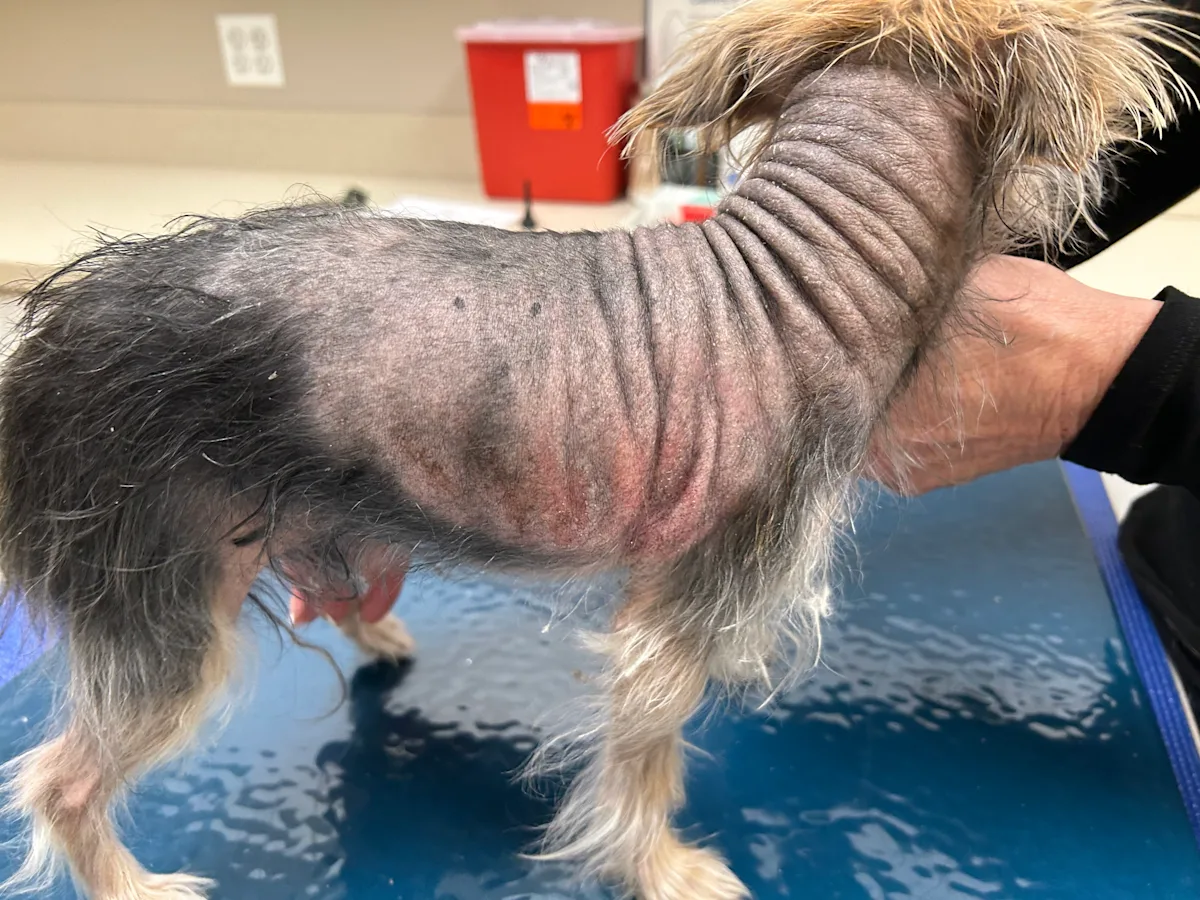Clinical Skills
Dermatology
Explore diagnosis and management of pet allergies, rashes, and other skin-related conditions with image-based guides and quizzes on veterinary dermatology.
From oclacitinib to lokivetmab, newer antipruritic therapies have transformed how veterinarians manage allergic dermatitis. Test your knowledge of these drugs with this interactive quiz, and explore key clinical considerations.
More in Dermatology
Sponsored byNutramax Laboratories
27m:03s
Ep. 341
Sponsored byElanco
26m:05s
Ep. 331
Sponsored byCeva Animal Health, LLC
21m:0s
Ep. 329
Sponsored byCeva Animal Health, LLC
20m:19s
Ep. 323
Sponsored byZoetis
39m:59s
Ep. 300
Sponsored byCeva Animal Heath, LLC
